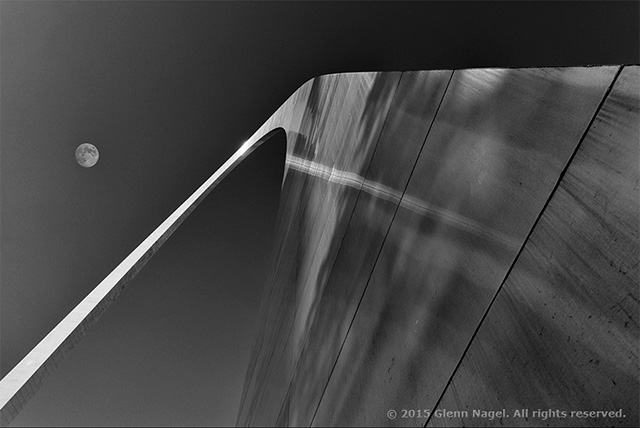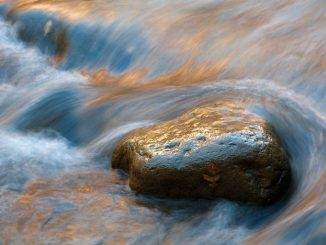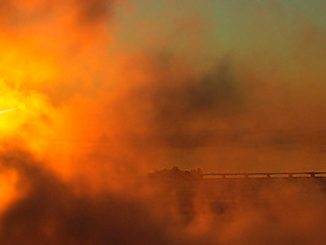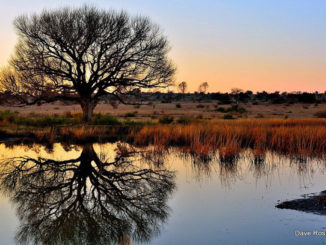The Gateway Arch in St. Louis, Missouri, commemorates the expansion of the settlers westward and is the tallest man-made national monument in the United States – part of the Jefferson National Expansion Memorial. It has been photographed many times and in many ways, so how do you show the arch ‘in a new light’? What can you do as the photographer to make your viewers say, “Wow, I never saw it like that!”?
Digitally added to the image is one of Glenn’s photographs of the moon. In this age of image editing programs, adding to a composite can create an image that is more dynamic and appealing. In this instance it works. There is controversy among many photographers about when you should do this or if it should be done at all. We’ll let you decide.
Gateway to the Moonby Glenn Nagel

Subject: St. Louis Gateway Arch at night
Conditions: My goal with this image was to capture this iconic subject in a more creative way.
Composition:
1. Simplicity of design
2. Perspective – strong diagonal line
3. Show iconic subject in a new way
4. Add to your image digitally – the composite
Noella’s Comments:
This is an image that is simple in its design. There is the basic line of the arch itself as it rises and “twists” to the left at the top of the arch. The lines and shapes are intriguing, because at first, it just looks like an odd shape. It took me a little while to put a name to the structure because I was just enjoying the abstract look of the shapes.
The perspective and the position of the arch within the image frame changed the appearance of it in an unusual way and thus Glenn grabbed our attention and forced us to see the arch differently from the thousands of other images made of this iconic structure. Its position took on a general diagonal direction and this filled the frame as well as giving our eye a strong diagonal to follow up to the moon and out into space.
Frequently as photographers, we use only the same lens, in the same way and tend to take the subject in the same way each and every time. It takes exploration of the subject to help one break out of this shell and do something different. Changing your lens, your position or the time of day will make a difference in how you see and present the image. Here Glenn decided to photograph the arch at night. The earie glow of light on the aluminum surface of the arch emphasizes the perspective and position.
Ever since the digital photograph came into being, there has been controversy about adding elements or substantially changing the image through artificial means. One side insists on the “purist” position of showing everything exactly as it is. The other side takes the position that changing or adding elements in an image is a part of the creative license of the artist and that there is nothing wrong with enhancing a photo to show the photographer’s personal creative vision.
Those of us who tread the middle position tend to feel that as long as the change is noted and declared, it is perfectly alright. Glenn did disclose to us that the moon had been photographed separately and that the image was a composite of two photographs. Here is what he said about the image:
“When I first arrived in St. Louis, I captured some more traditional images of the Gateway Arch from a distance. My goal with this photo was to capture this iconic subject in a more creative way. So, I selected an ultra-wide angle lens and positioned myself up against the Arch. This helped to create a simple composition with part of the Arch filling the frame while the rest of it curved away into the distance. The moon gives some direction to the curve and also fills some of the open space.”
Thanks Glenn for sharing this beautiful image with us and for showing us the Arch in a way that certainly made us say, “Wow! We never saw it quite like that!”




Leave a Reply